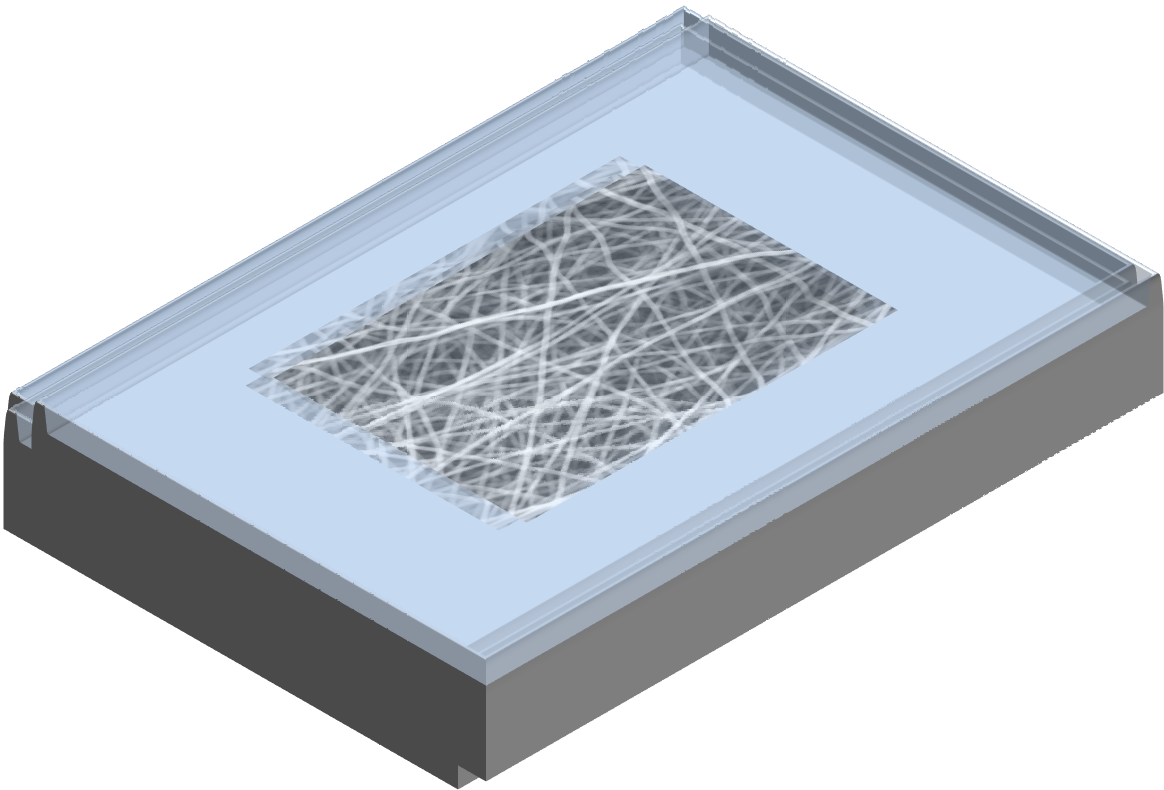▼ Reference
- Gu B K, Park S J, Kim M S, Kang C M, Kim J I, Kim C H. Fabrication of sonicated chitosan nanofiber mat with enlarged porosity for use as hemostatic materials. Carbohydrates Polymers 2013; 97: 65.
- Huang Y Y, Knowles T P J, Terentjev E M. Strength of Nanotubes, Filaments, and Nanowires From Sonication-Induced Scission. Advanced Materials 2009; 21: 3945.
- Jung S, Kim E S, Gu B K, Gin Y J, Park S J, Kwon I K, Kim C H. Thickness and Pore Size Control of Chitin Nanofibers by Ultra-sonication and Its Biological Effect in vitro. Biomaterials Research 2012; 16: 11. Open Access
- Lee J B, Jeong S I, Bae M S, Yang D H, Heo D N, Kim C H, Alsberg E, Kwon IK. Highly Porous Electrospun Nanofibers Enhanced by Ultrasonication for Improved Cellular Infiltration. Tissue Engin. 2011 A 17 pp. 2695.
- Sawawi M, Wang T Y, Nisbet D R, Simon G P. Scission of electrospun polymer fibres by ultrasonication. Polymer 2013; 54: 4237.
▼ Credit and Acknowledgement
Author
Wee-Eong TEO View profile
Email: weeeong@yahoo.com
 ElectrospinTech
ElectrospinTech
